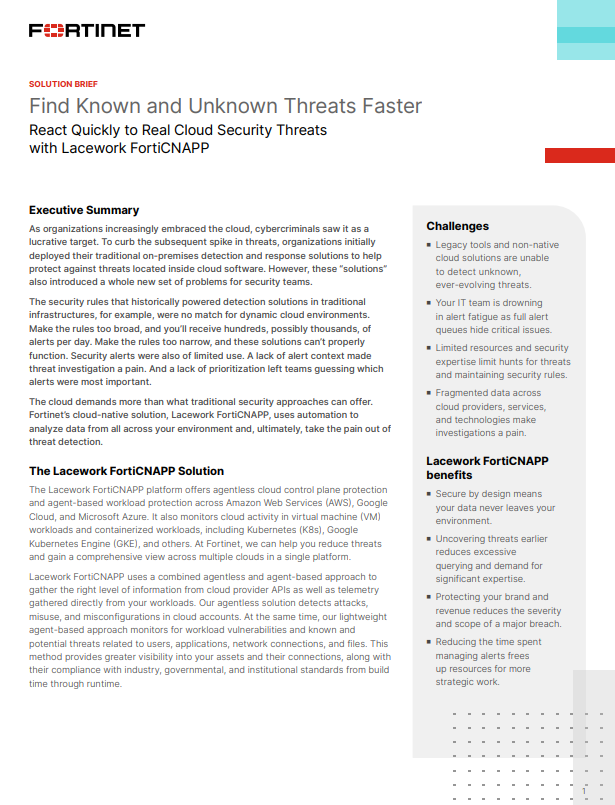Researchers expose potential exploit of Intel CPUs
Intel x86 architecture could be vulnerable to attack through its System Management Mode mode.

Security researchers have published information and exploit code on how a flaw in Intel CPUs could potentially be exploited for malicious purposes.
Rafal Woijczuk and Joana Rutkowska of Invisible Things Lab, published information on how Intel CPU cache poisoning on x86 architecture could be exploited to take advantage of the SMM (System Management Mode).
They said that they have found two working exploits. One dumps the content of SMRAM, a specially protected region of system memory where the SMM code lives. The other is for arbitrary code execution in SMRAM.
A quote from the paper said: "This is the third attack on SMM memory our team has found within the last 10 months, affecting Intel-based systems.
"It seems that current state of firmware security, even in the case of such reputable vendors as Intel, is quite unsatisfying."
According to the report, French researcher Loic Duflot discovered the same attack in October 2008. He reported the issue direct to Intel, which has been in the process of preparing a workaround for the issue.
Woijczuk and Rutkowska said that Intel employees identified the cache poisoning which is at the root of the problem a few years ago.
Get the ITPro daily newsletter
Sign up today and you will receive a free copy of our Future Focus 2025 report - the leading guidance on AI, cybersecurity and other IT challenges as per 700+ senior executives
Intel informed the researchers that it had been working on a solution to prevent caching attacks on SMM memory for a while, and also engaged with OEMs/BIOS vendors to prevent the attack.
"According to Intel, many new systems are protected against the attack," the researchers said.
"We have found out however, that some of the Intel's recent motherboards, like the popular DQ35, are still vulnerable to the attack."
-
 Gaining timely insights with AI inferencing at the edge
Gaining timely insights with AI inferencing at the edgeWhitepaper Business differentiation in an AI-everywhere era
By ITPro
-
 Scaling AI from pilot to production: Maximize AI impact with HPE & Intel
Scaling AI from pilot to production: Maximize AI impact with HPE & IntelWhitepaper Transform AI proof-of-concepts into full-scale implementations
By ITPro
-
 UK supercomputer boom as HPE and Dell receive funding for new AI cluster
UK supercomputer boom as HPE and Dell receive funding for new AI clusterNews The UK’s AI computing capabilities will increase by an order of magnitude in 2024
By Rory Bathgate
-
 AI gold rush continues as Hugging Face snags $235 million from IBM
AI gold rush continues as Hugging Face snags $235 million from IBMNews The investment round, which brings the company's valuation to $4.5 billion, also includes Amazon, Google, Intel, and Salesforce
By Richard Speed
-
 Why is ASUS reviving Intel’s NUC mini-PC line?
Why is ASUS reviving Intel’s NUC mini-PC line?News The diminutive PC is to rise again while analysts look for the business case
By Richard Speed
-
 Intel targets AI hardware dominance by 2025
Intel targets AI hardware dominance by 2025News The chip giant's diverse range of CPUs, GPUs, and AI accelerators complement its commitment to an open AI ecosystem
By Rory Bathgate
-
 Why aren’t factories as smart as they could be?
Why aren’t factories as smart as they could be?Whitepaper How edge computing accelerates the journey to a remarkable factory
By ITPro
-
 Who needs Intel vPro®, An Intel® Evo™ Design, anyway?
Who needs Intel vPro®, An Intel® Evo™ Design, anyway?Sponsored With flexible work on the up, the demand for high performance on-the-go business laptops has never been greater
By ITPro

